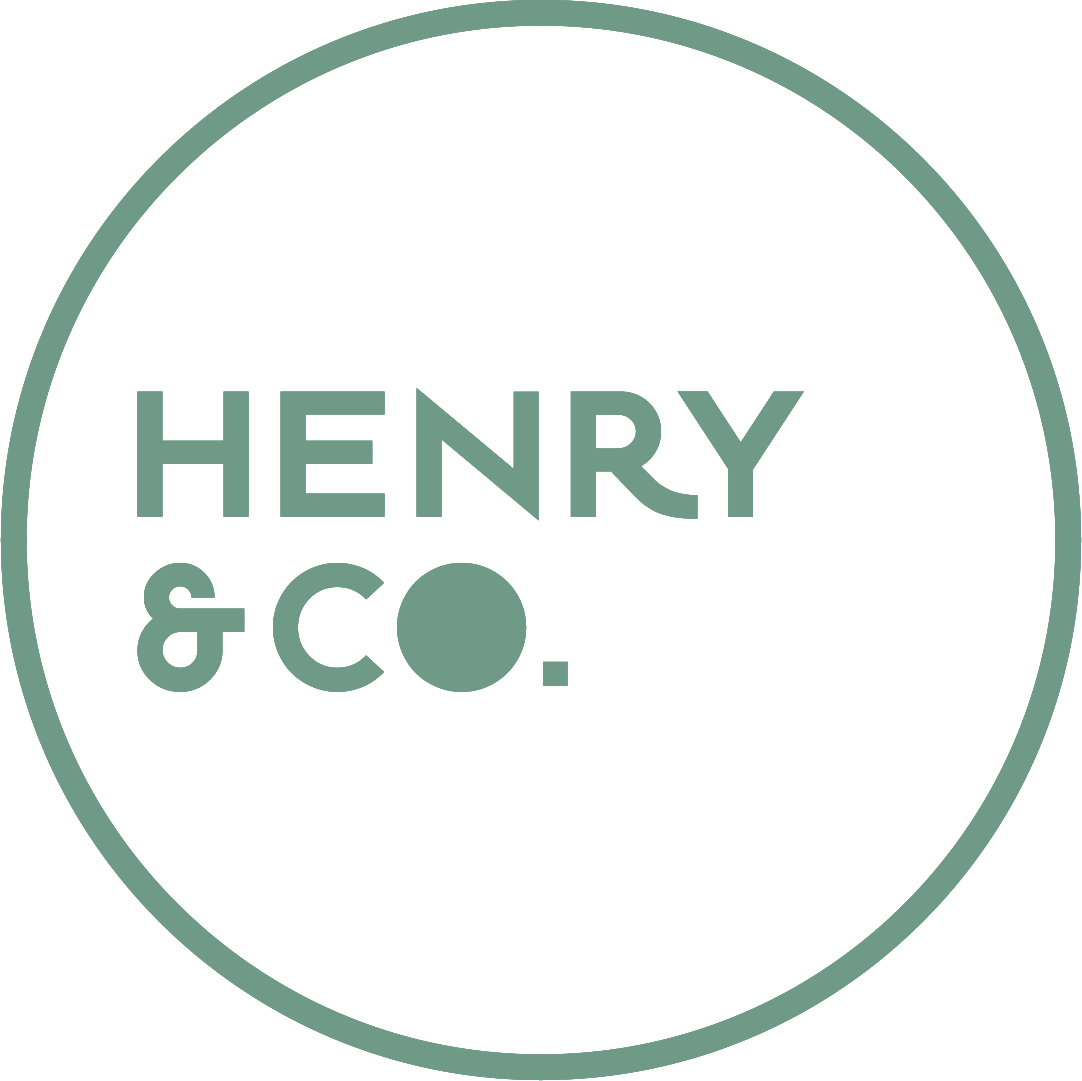The circular economy is a sustainable development and consumption model based on the reuse, repair, and recycling of material resources, in order to extend their life cycle as long as possible.
This approach helps to minimize waste, enabling a constant reintegration of materials while generating additional value. The circular economy framework contrasts with the traditional linear economic model, which is instead based on “extract, produce, use, and discard.”
Companies have the opportunity to take a leading role in the transition to circularity, provided they can integrate sustainability concretely into their business. But is moving to circularity actually feasible for companies? And what are the benefits of adopting this approach? With our experience in circular design thinking, we at HENRY & CO. will show you how this is achievable!
1. Circular Economy, Definition
To better frame the topic, let’s start from the basics: what is the definition of a circular economy?
1.1. Circular Economy: What is it?
According to the European Parliament:
The circular economy is a production and consumption model that involves sharing, leasing, reusing, repairing, refurbishing, and recycling existing materials and products as long as possible.
Based on this definition, the role of the target market is significant as a place where sustainable products and services circulate. To achieve sustainability, companies must rely on design approaches like ecodesign or sustainable design, which allow for the creation of low-impact goods. Along with rigorous methodologies like LCA (do you know what Life Cycle Assessment is?), the products are characterized by life cycles with minimal waste, pollution, and refuse rates.
1.2. What is the design framework for the circular economy?
Ecodesigned products are typically (as a whole and/or in their individual parts):
- Made from eco-friendly materials and produced using clean energy;
- Durable and easily repairable (against planned obsolescence);
- Readily reusable and/or recyclable;
- Low-impact throughout their entire lifecycle;
- Integrated into sustainable consumption practices, such as leasing.
1.3. Circular Economy vs Linear Economy
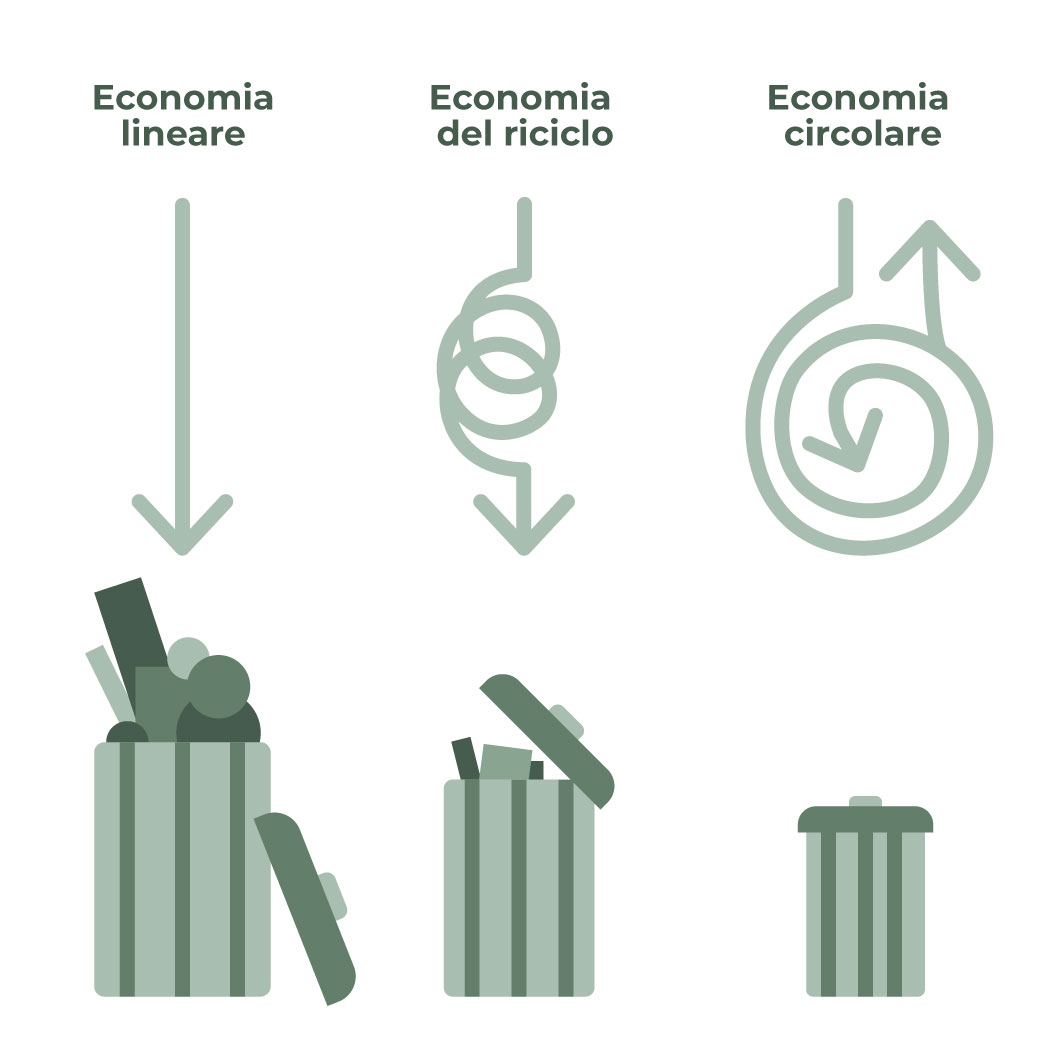
By definition, the circular economy and the linear economy are opposing models. The latter represents the currently dominant economic and production system but is increasingly being challenged due to its unsustainability from environmental, economic, and social viewpoints. It is based on linear patterns involving the use of large volumes of resources and energy to create products that, after a final sequence of stages (from raw material extraction to their end-of-life), become waste to be disposed of.
2. What are the principles of the circular economy?
The Ellen MacArthur Foundation identifies three fundamental principles “driven by design”: eliminating waste and pollution, circulating products and materials, and regenerating nature. Let’s examine them in more detail.



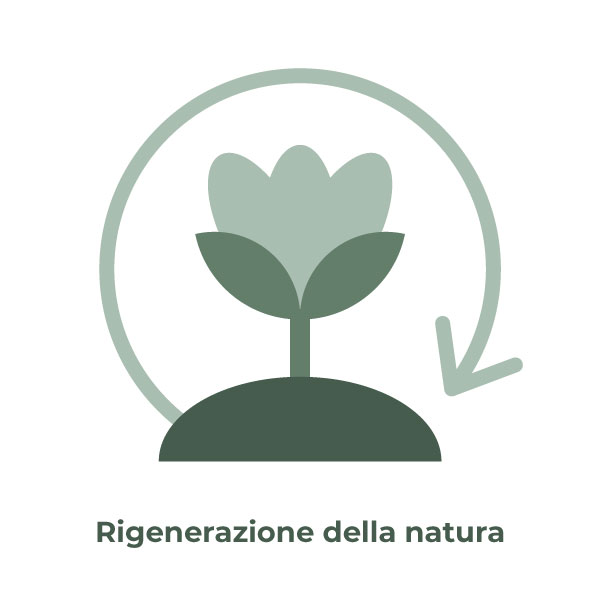
2.1. Eliminating Waste and Pollution
Our current economic system follows the sequence “take-make-waste”: we take resources from our planet and use them to make products, which we then discard after using. The circular life cycle design opposes this linear model by considering the question: “What will happen to them when their use ends?” According to the Ellen MacArthur Foundation: “By changing the way we think, we can treat waste as a design flaw. In a circular economy, one requirement for every design is that materials re-enter the economy after use.”
2.2. Circulating Products and Materials
The second principle of circularity is based on recirculating products and materials. In this way, the objects and the elements that make them up re-enter the economy and are reused to create new circular products according to their technical and/or biological cycles. Thus, “nothing becomes waste, and the inherent value of products and materials is maintained.”
2.3. Regenerating Nature
The circular economy supports the revitalization of natural systems and nature itself. It enables activities, including economic ones, that favor biodiversity and combat climate change. As a result, “we don’t just focus on minimizing the damage to the environment but on actively contributing to its improvement.”
3. Circular Economy and Agenda 2030
According to the Ellen MacArthur Foundation, the circular economy is “a resilient system that benefits businesses, people, and the environment.” Transitioning to this economic model is a critical step toward achieving sustainable and inclusive growth. This is the primary goal of the UN’s 2030 Agenda, which defines the seventeen Sustainable Development Goals (SDGs) related to specific areas for environmental, economic, and social attention and intervention.
The promotion and dissemination of circular models can positively contribute to achieving the SDGs transversally, addressing climate change, responsible consumption and production, and sustainable cities and communities. To do so, the cooperation of all socio-economic agents, including businesses, is needed. They are called upon to contribute and rethink themselves, their offerings, and processes in light of sustainability and circularity.
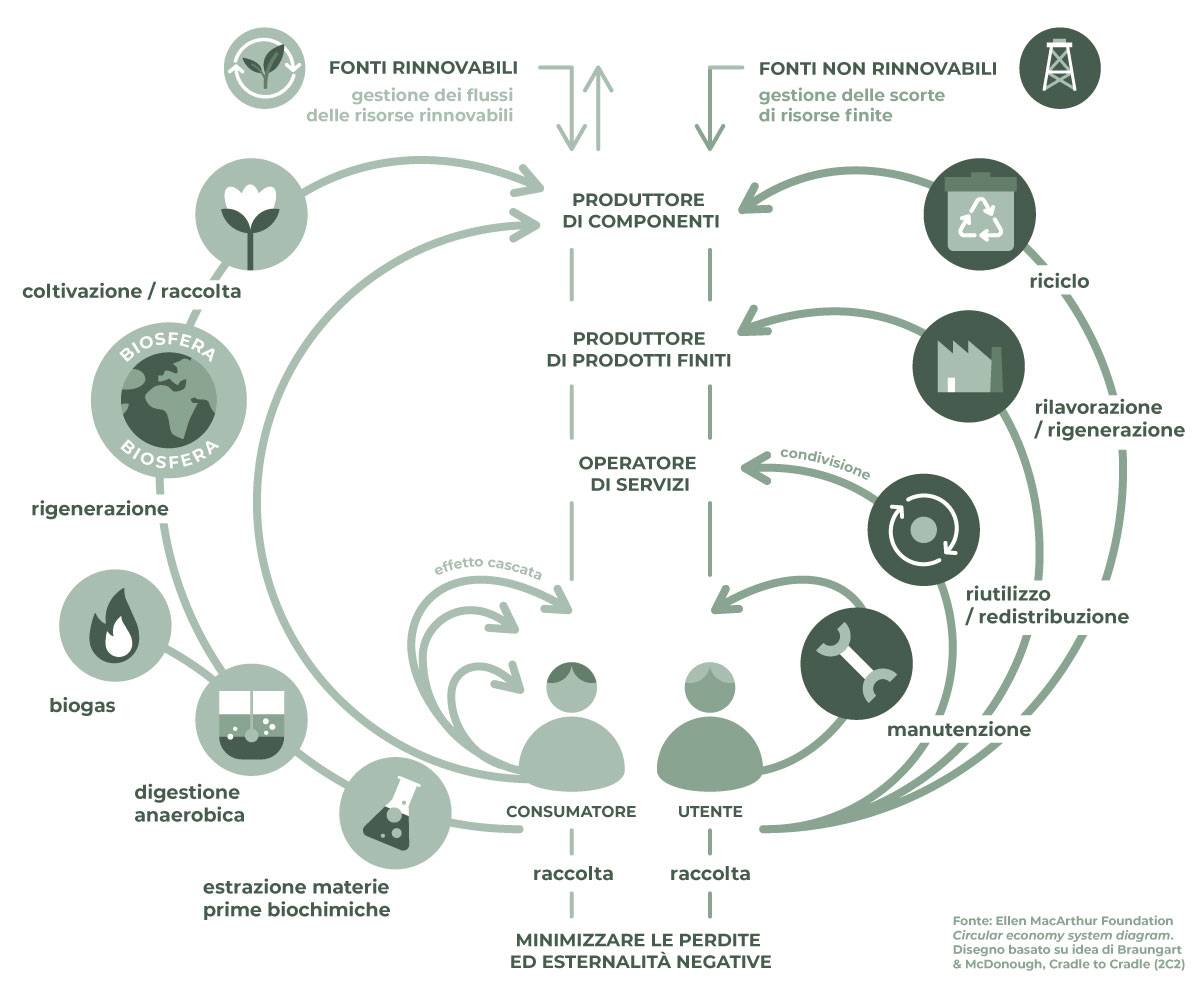
4. Circular Economy: Advantages and Disadvantages
The circular economy offers businesses an important opportunity for evolution and sustainable innovation. Contrary to the perception that green practices and business objectives are incompatible, circularity offers multiple benefits and growth opportunities for companies.
4.1. The Benefits of the Circular Economy
Business benefits include:
- Improved environmental performance, for example, by adopting approaches that reduce CO2 emissions and decrease waste and pollution;
- Optimization of energy and resource use (and thus also costs);
- The possibility to concretely contribute to protecting and reviving the environment and biodiversity;
- Encouragement toward innovation;
- The creation of new business opportunities and jobs (even in new markets);
- The development of a sustainable offering through ecodesigned products and services;
- Enhanced corporate image and reputation among consumers and institutions increasingly attentive to sustainability issues.
4.2. The Challenges of the Circular Economy
Despite its numerous advantages, there are still some concerns regarding the circular economy. Some of the considerations that question the opportunities provided by circularity and sustainability, and prevent their widespread adoption, include:
- Difficulty in justifying to consumers that circular products may have slightly higher costs, even if lower in the long term than continuously purchasing disposable items;
- The inability to endlessly reuse and recycle certain materials, such as certain types of plastic;
- Superficial understanding of the topic, leading to missed opportunities for development and poorly executed approaches that may hurt businesses economically and reputationally.
This last point underscores a crucial factor for companies wanting to adopt circular models. To successfully integrate sustainability and circularity into their operations, businesses should seek out competent and experienced ecodesign professionals. If this is the direction you want to take your company, we at HENRY & CO. can support you with our experience in circular design thinking!
BOOK A FREE CALL WITH ONE OF OUR CONSULTANTS
5. Sustainability in Practice: Examples of Circular Economy
The circular economy provides fertile ground for business growth and development. As a result, more examples of businesses focused on sustainability are emerging, along with companies progressively aligning with this vision. Here are some examples.

5.1. Swappie
Among the most apparent examples of circularity are companies dealing with refurbished electronics, such as Swappie, now a prominent player in buying and selling refurbished iPhones. The Finnish startup’s operations are based on the belief that “technology shouldn’t cost us the planet.” “Circularity – according to the Swappie Environmental Impact Report 2021 – is our answer for reducing e-waste, guiding choices that support the environment, and promoting a sustainable future.”
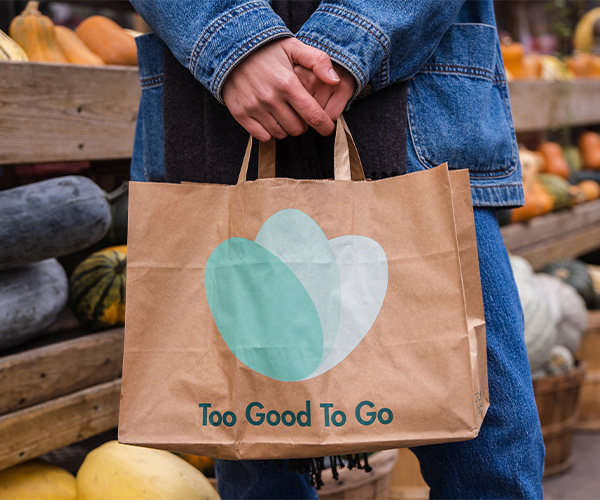
5.2. Too Good To Go
Another virtuous example of circularity is Too Good To Go, an app that originated in Denmark and has since found success in many markets. Its mission is to reduce food waste by helping merchants and consumers participate in this goal. Merchants offer their unsold food at lower prices, and users can purchase it at reduced costs: by preventing it from becoming waste, both parties contribute to the fight against food waste.
